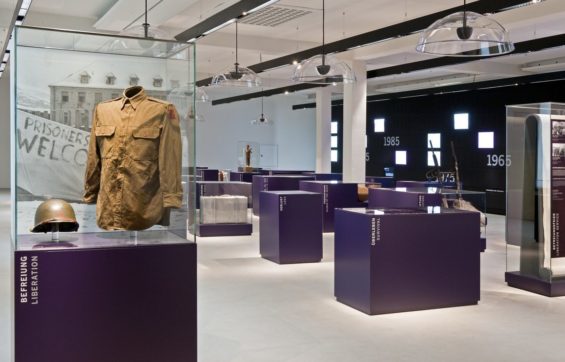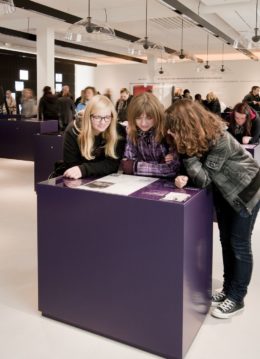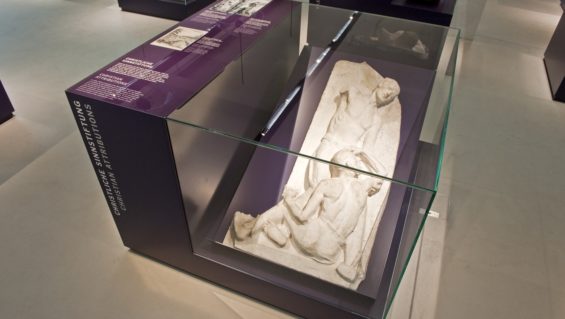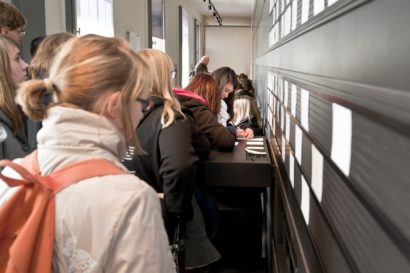what remains
The Aftermath of the Flossenbürg Concentration Camp
For the first time an exhibition dedicates itself to the complex consequences of a Nazi concentration camp. The aftermath of the Flossenbürg concentration camp is embedded in the history of the place, from the end of the Second World War until today. In this respect, the history of the concentration camp goes far beyond just Flossenbürg, being representative of many places. The exhibition focuses on four themes: the place, the memory, the survivors and the perpetrators.
Important Information
09.00 – 17.00
In the former camp's kitchen
Admission free
The exhibition is intentionally open, both in terms of content and design. Remembrance is always an open process, because both the actors and the attitudes change with the respective context of time.
Yet, in the post-history of a concentration camp, constants remain: the place, the form of memory, the survivors and even the perpetrators. With the last two groups, it is the generations following who take responsibility. The exhibition deliberately has no end, but an epilogue that once again poses the question of "what remains" and encourages visitors to express their own opinions.
Public Tours
A part of the exhibition can be visited in the following public tours, together with other parts of the Memorial.







